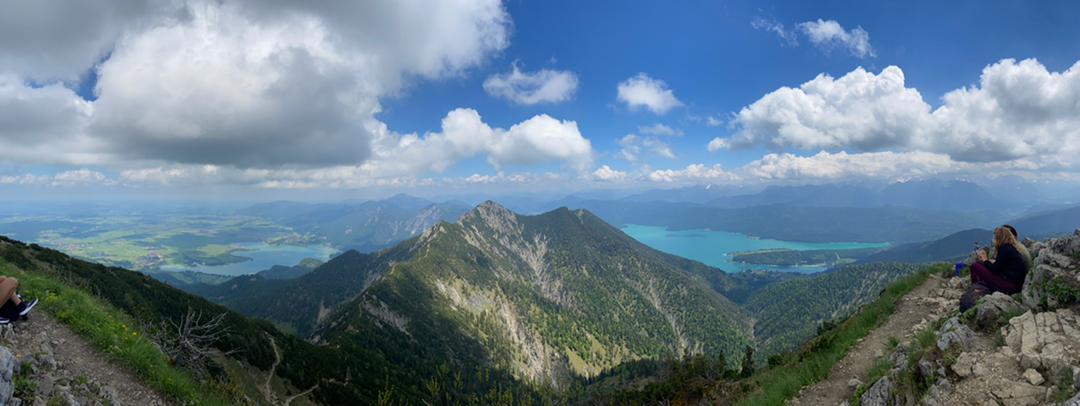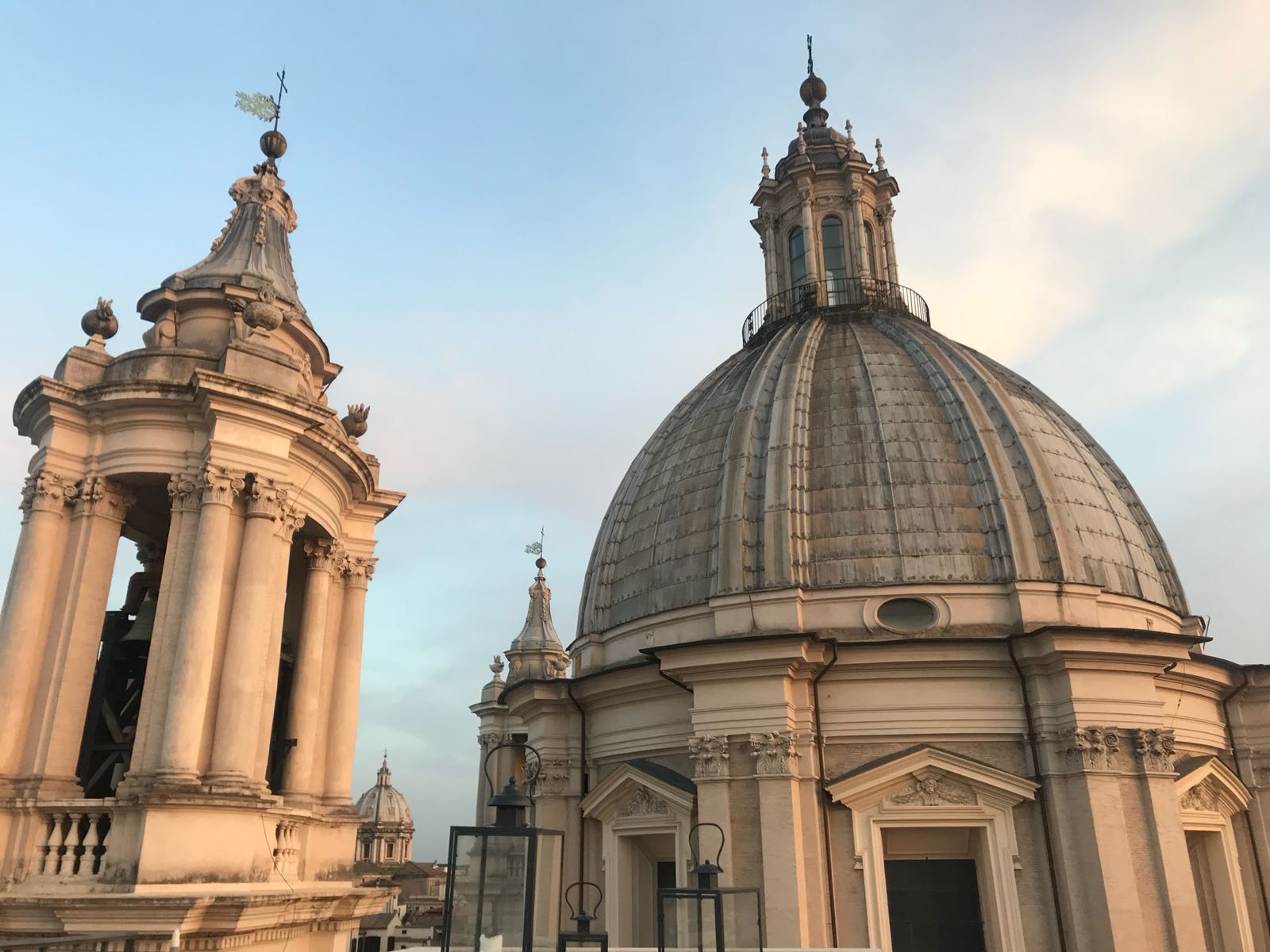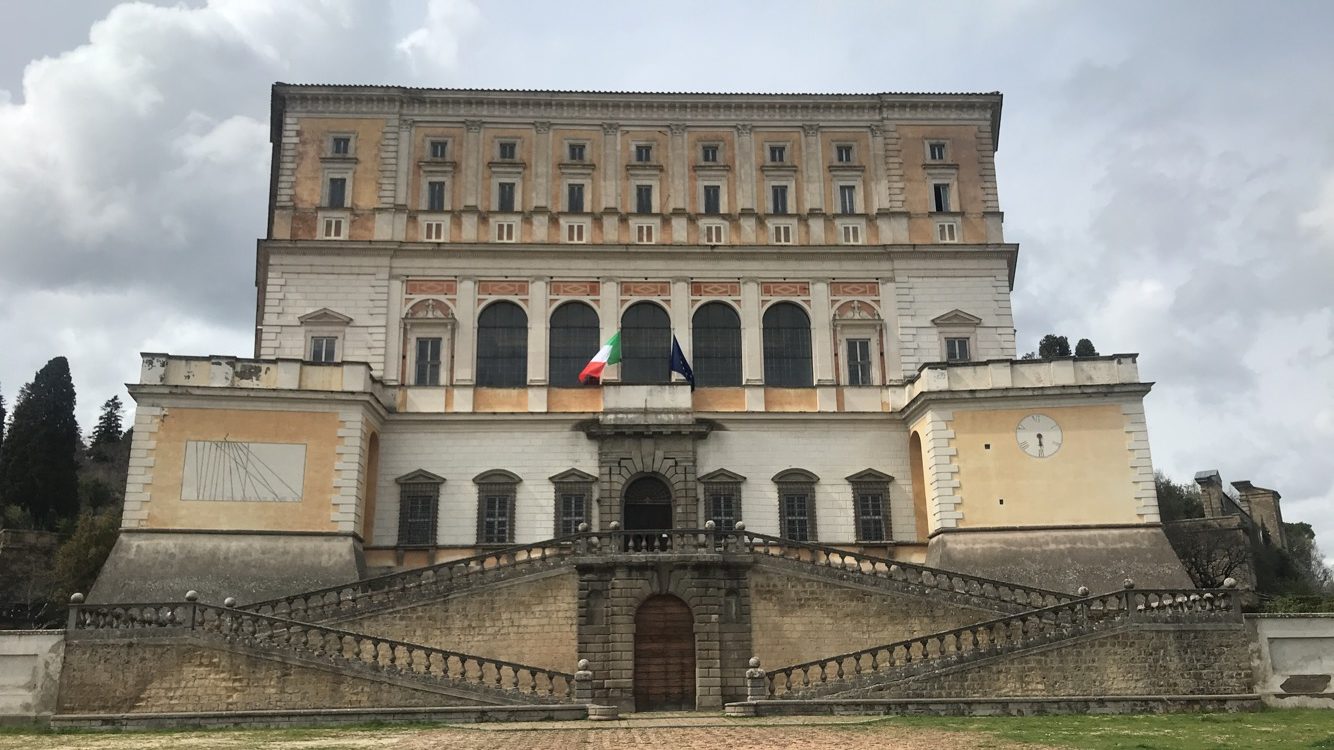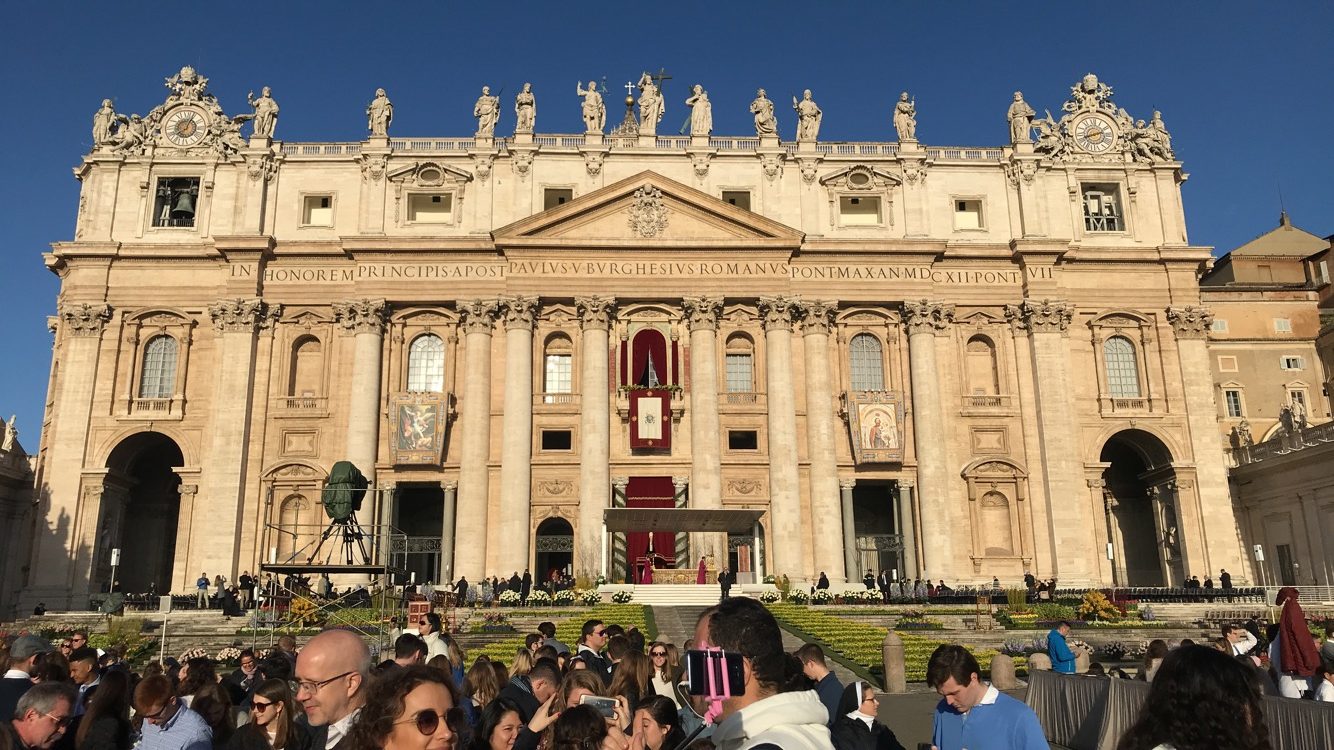New Year’s Day we woke up early to head to the airport. There, we said goodbye to my dad and grandma as they were heading home, while my mom and I were headed to Vienna! Our flight was delayed so we arrived in Vienna in the late afternoon. We checked into the hotel, grabbed some snacks, and set off to see the Karlskirche, a baroque church I had learned about in architectural history. Inside we climbed up to the cupola! Instead of climbing stairs inside the structure of the dome, like all of the previous domes I’ve climbed, this time the stairs were on scaffolding inside the church, allowing for a great, albeit scary, view of the interior of the dome! We then walked along the main pedestrian shopping street, passing the Vienna Opera House and ending with a stop inside St. Stephen’s Cathedral. Afterward, we went back to the hotel for dinner, planned the next day, and called it a night!
Tuesday morning we got up, ate breakfast, and caught a bus tour of the city. The first stop was the Kunst Haus, the Art House, a museum designed by artist and architect Friedensreich Hundertwasser. Not too far from the Kunst Haus is his most famous work, the Hundertwasserhaus. The building is a creative, colorful, apartment complex that plays with curving surfaces and green spaces. Friedensreich Hundertwasser is something akin to an Austrian Antoni Gaudi. From there, we continued past the Prater, an amusement park that was originally imperial hunting grounds. We stopped briefly at the St. Francis of Assisi Church. The tour then crossed over the Danube where we saw a complex used by the United Nations. We stopped and got a quick lunch in the Naschmarkt before continuing on to take a short walk around the gardens of the Schönbrunn Palace, the imperial summer residence of the Habsburg dynasty. Next, the tour drove passed the Belvedere Museum, a complex of palaces that now holds an extraordinary art collection, including the largest collection of Gustav Klimt paintings. The tour ended by going through the Museum Quarter and around the Ringstrasse. After the tour we went to Hotel Sacher and had the original sacher cake with creme as a sweet treat to hold us till our traditional Austrian dinner later that evening.
The next morning we started at the Hofburg Palace, the main imperial home of the Habsburg family. We toured their expansive silver collection, saw an exhibit on Empress Elisabeth, nicknamed Sisi, and explored the imperial apartments. After that, we crossed the street to the Albertina Museum. Inside we saw a special exhibit on Raphael, a modern art collection called “From Monet to Picasso,” an exhibition on architectural drawings, and a contemporary art collection. After the morning museum visits were over, we swung by the “Looshaus,” a mixed use apartment building designed by Adolf Loos that I learned about in architectural history. We then went shopping and I fulfilled a lifelong dream of owning a dirndl! A dirndl is a traditional dress from the Alpine region of Germany and Austria. It is the female counterpart to lederhosen. I was able to buy my own authentic and festive dirndl at an traditional clothing store. After shopping, we went to visit yet another building I knew from my architectural history classes, the Postal Savings Bank, designed by Otto Wagner. We then went to back to the hotel, grabbed our things, and caught our bus to Prague!



























Leave A Comment